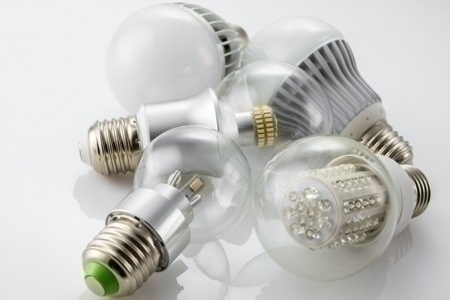 (MCT)—Would a savvy consumer rather pay 40 cents for a light bulb, or $1.75 or $10?
(MCT)—Would a savvy consumer rather pay 40 cents for a light bulb, or $1.75 or $10?
Those are the approximate prices a smart shopper can pay for a traditional incandescent bulb, a swirl-shaped compact fluorescent lamp (CFL) or a newfangled light-emitting diode (LED) bulb.
Hint: The correct answer goes beyond the upfront cost.
Light bulbs are again an issue now that production of the last traditional incandescent bulbs has phased out; they can no longer be manufactured in the U.S. but will be on store shelves through the spring. At the beginning of the year, production of 40-watt and the most popular type, 60-watt, incandescents became against the law — at least those that aren’t far more energy efficient.
If you’re like me, your home features a variety of bulb technology. I have a couple LEDs that seem to work great everywhere, but they are very expensive. I like the idea of CFLs, but am less thrilled with their real-world performance, depending on which socket they’re in. And there’s something to be said for the old, cheap bulbs that just work and provide a familiar quality of light. And like many, I have some specialty bulbs, which aren’t affected by the phase-out.
What’s a consumer to do as they stand in an aisle of the hardware store staring at shelves full of different light bulbs?
Should we run out and buy the cheap but energy-hog incandescents before they’re all gone from store shelves? A December survey by bulb-maker Osram Sylvania found that 30 percent of consumers claim they planned to stockpile traditional bulbs, which are great on upfront cost and have light qualities we’re used to. But they are by far the most expensive to use, giving off 90 percent of their energy in heat, not light.
As Consumer Reports notes, “Incandescent bulbs are cheap until you flip the switch.” Also, they don’t last nearly as long as alternatives, making them more expensive over time — you might have to buy 10 to 25 incandescents during the life of one CFL or LED.
Or should we opt for the energy-efficient, but sometimes disappointing, performance of CFLs? CFLs have a relatively low price, energy efficiency using one-fourth the electricity of a traditional bulb, and long life—about a decade. It costs the least, when you consider those factors.
While CFL quality has improved, some people are still unhappy with the light they provide. CFLs often don’t work well in dimmers, outdoors in cold weather and in recessed ceiling lights. They also contain a small amount of mercury.
Or should we ante up for the clearly superior LED bulbs? LEDs seemingly have it all: the best energy efficiency, great light quality, instant brightness, better dimming than CFLs and ridiculously long life — about 25 years.










